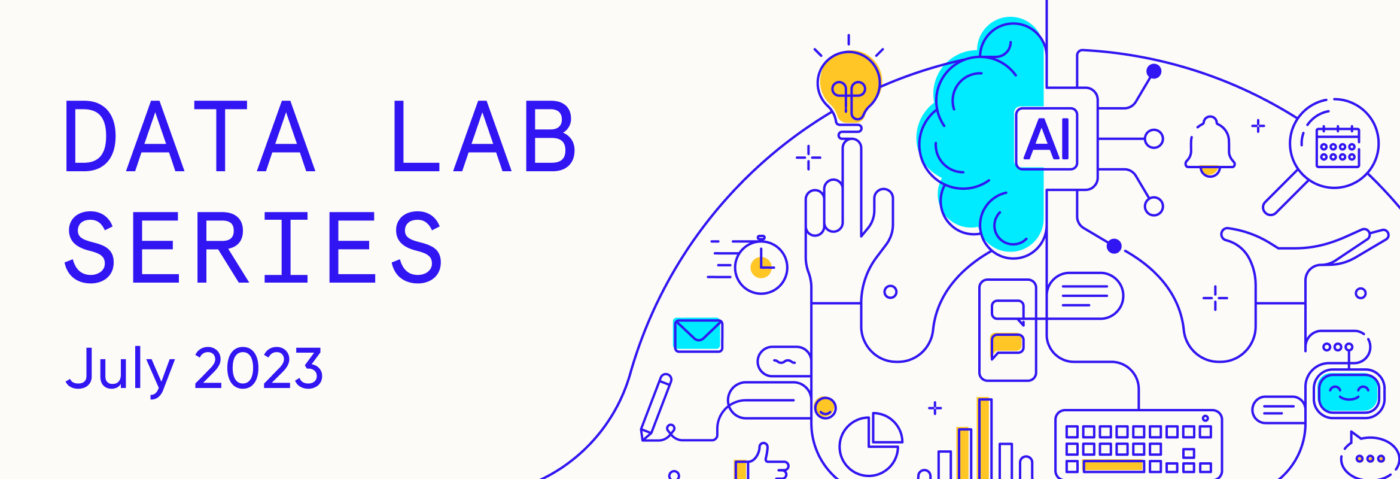
Three Reasons Why GenAI Bots Can Immediately Produce Step Function Improvements in Take Rates and CSAT Scores
This article is part of Simplr’s CX Data Science Lab, where we leverage analytics and data science from within the Simplr platform to uncover best practices and trends in customer service interactions.
Since we launched our generative AI chatbot, our AI team has been having a lot of fun observing just how quickly it can make an impact on the quality and efficiency of our partners’ customer service automation efforts. With prior intent-based bots, there was always a ramp up period where we would have to “hold its hand,” and start it on relatively simple tasks before increasing its take rate.
Since Simplr’s generative AI bot is powered by our Cognitive Paths framework, once the proper prep work is done, we can “unleash it” much quicker than our previous bots. For example, with one of our clients, we saw an immediate 40% base value increase in take rate…just by switching to our generative AI bot. At the same time, the new bot is pushing CSAT scores to new heights. (For that same client, our bot is currently producing 4.94/5 CSAT scores.)
So how exactly can a generative AI bot handle so much more volume so quickly while improving CSAT? From what we’re seeing, it really comes down to three factors:
- Concise customer conversations: Gen AI bots can answer questions concisely and straight to the point. Most intent- based bots usually dump a lot of FAQ content into the chat, forcing the user to have to find the information they need, which increases the likelihood of them reaching out for human help. Our Cognitive Paths framework also prompts the bots to concisely summarize any inquiry in the most plain-spoken manner possible, thus increasing resolution rates. Additionally, we have designed the bot to better understand when it doesn’t know something, thus eliminating incorrect answers or hallucinations.
- Efficient knowledge base scanning: Cognitive Paths make Gen AI bots operationally more efficient. Through Cognitive Paths, we are able to upload knowledge base content, and it immediately is able to answer tons of questions based on that content. For example, by just adding product website pages, the bot is immediately able to answer high volumes of pre-sale questions. It is nearly impossible for intent-based bots to do this.
- The ability to “remember”: The way we’ve designed our Gen AI bots allows them to interpret questions based on their context, which helps clarify the intent behind the question. An example of this would be: “Do you have student discounts? And then what about for military?” As humans, we easily interpret the second question as, “Do you have discounts for the military?” LLMs can do this as well! On the other hand, intent-based bots would not be able to understand the context because they would have essentially “forgotten” the first question about student discounts. With intent-based bots, this “one shot” detection capability means the result would likely be either that the customer did not get their inquiry resolved, or the consumer would have had to take time to try to rephrase their question or request to speak with a human agent.
It has been incredibly rewarding to see Simplr’s approach make such a big impact for our clients in such a short period of time. And at the same time, because this is such a new field, we’re constantly learning about how our bots perform as well as they do and why. This is just one example of the amazing things we’re seeing courtesy of new generative AI capabilities, and we can’t wait to report back on more findings in the coming weeks and months.